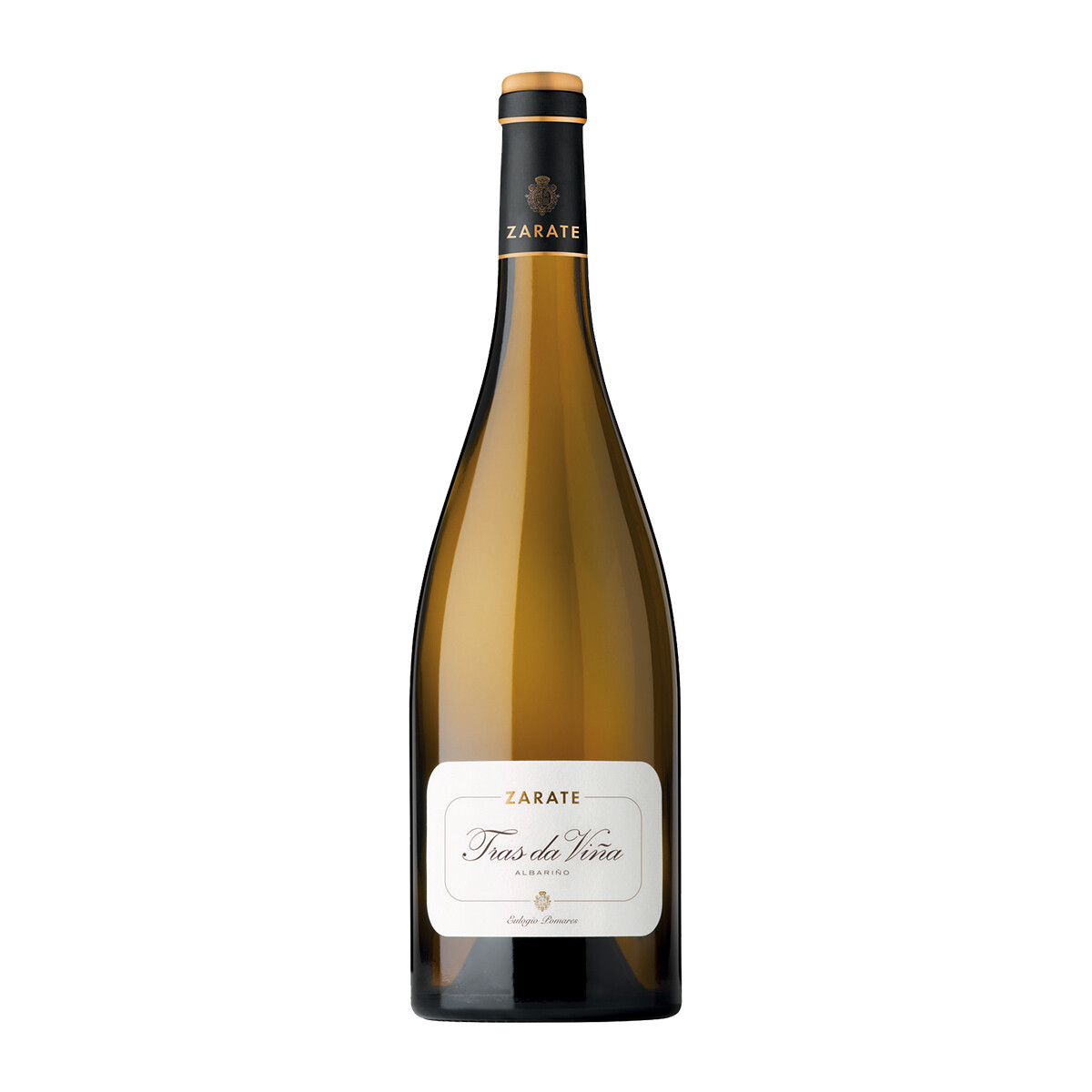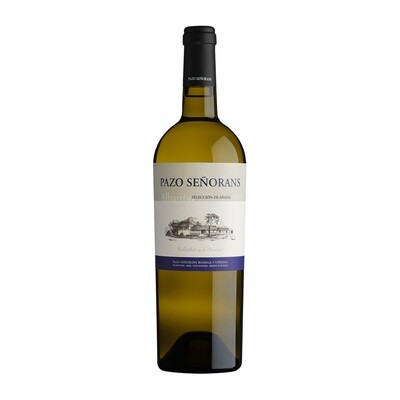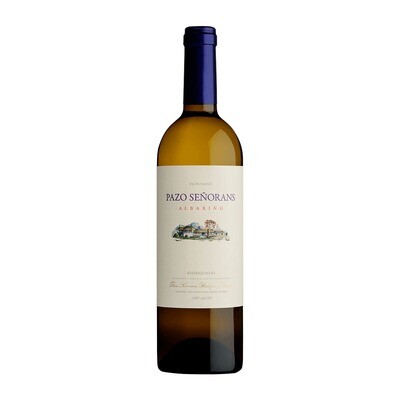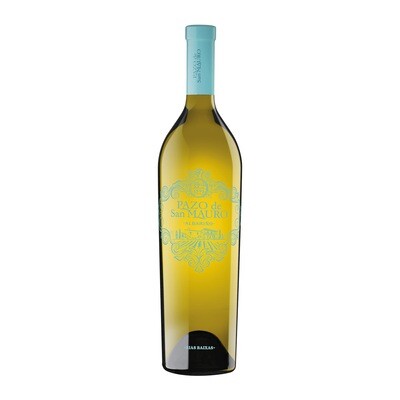
Bodegas Zarate Albarino Tras Da Vina 2022
Winery: Eulogio Pomares Zárate e Hijos, S.L.
Country / Region: Spain / A.O.C. Rías Baixas
Date Winery was established: 1920
Grape Variety: Albariño
Alcohol Content / Volume: 13.0% / 750ml
First Vintage Released: 2004
Ratings: Pending
Decanting Time: Open the bottle and let it breath for 30 minutes. Then ready to serve at 8 to 10°C
Good to know: ZARATE is a family property located in Meaño in the heart of the Salnés Valley, in the Rías Baixas D.O. The vineyards surround a stately home built in the 16th century and completely remodelled in the 18th century. Our oenological approach – based on caring for the natural evolution of the property’s centuries-old vineyards - is aimed at enabling each individual plot to express its character in varietal wines of limited production.
The ZARATE tradition began in 1707 with Diego Zárate y Murga, First Marquis of Montesacro by decree of Felipe V. The ZARATE family still cares for the family vineyards and wine-making seven generations later.
ZARATE was a pioneer in the 1950s in the development of Albariño wine as it is known today. Ernesto Zárate founded the Albariño Festival in Cambados and won first prize for three consecutive years (1954, 1955 and 1956). After his third win he withdrew, and never again presented his wines in competition again.
Eulogio Pomares has devoted all his time as an oenologist and winemaker to the care of his vineyards and the production of ZARATE Albariño since the 2000 vintage.
Eulogio Pomares is the third generation of a family devoted to conserving the 16th-century property and its vineyards. He has spent the last two decades in a relentless search to make wines that express the peculiarities of each plot, basing his method on respect for the various terroirs of the Salnés and their varieties.
The estate variety is Albariño. In recent years we have worked to recover native Galician reds such as Caino Tinto, Loureiro Tinto and Espadeiro varieties that have been forgotten for more than a century.
ZARATE currently cultivates 6.54 ha divided into 11 plots in the parishes of Sisán and Padrenda.




